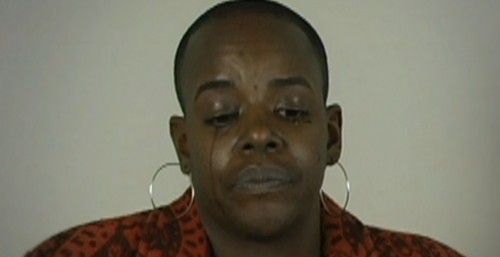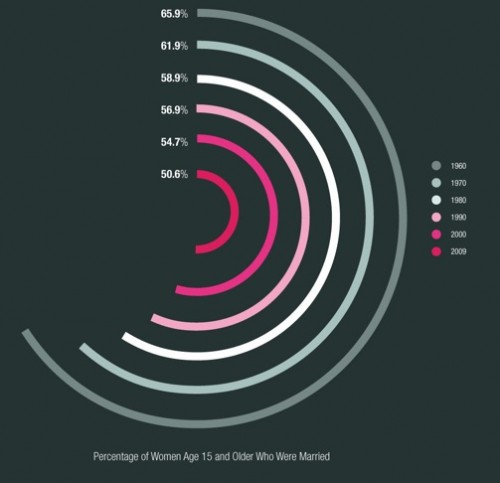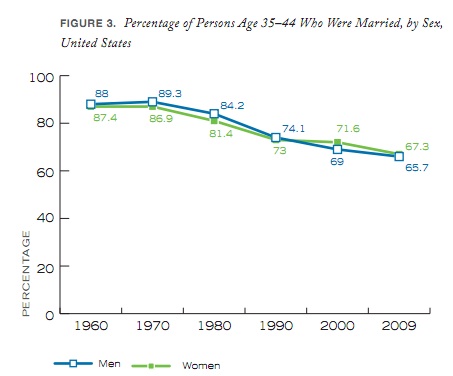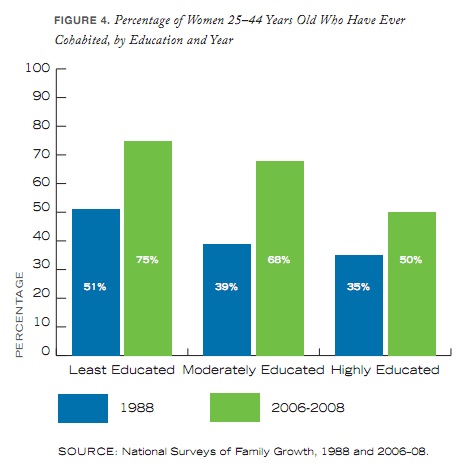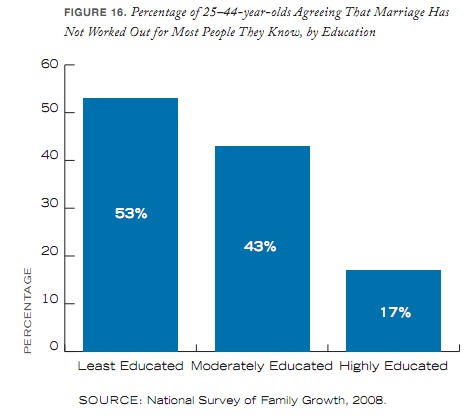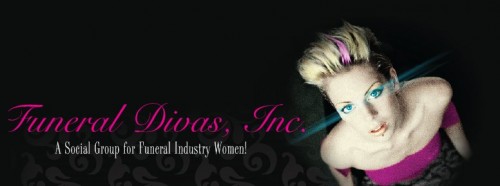Melissa H.J., Lizzy F., Dmitriy T.M., Kari B., Kalani R., Lisa C., and Anna C. all sent us links about the recent blog post at Psychology Today that many of you have probably already heard about, since it caused quite the outcry. The article, by evolutionary psychologist Satoshi Kanazawa, apparently went through multiple title revisions, starting out as “Black Women Are Ugly,” changing to “Why Are Black Women Less Physically Attractive Than Other Women?”, and eventually becoming “Why Are Black Women Rated Less Physically Attractive Than Other Women, But Black Men Are Rated Better Looking Than Other Men?”, before being removed from the Psychology Today website altogether. However, as we know, nothing on the internet is ever really gone, and images of the original post are widely available. I’m using one from BuzzFeed.
Kanazawa apparently specializes in claiming that there are clear, definite, “objective” differences in attractiveness (and also intelligence, and also everything else important) between different races. Also, you can tell who is a criminal and who isn’t just by the way they look (an article illustrated with an image of O.J. Simpson) and, as an added bonus, “virtually all ‘stereotypes’ are empirically true”. We know this is objective because there are graph-y science things, with numbers:
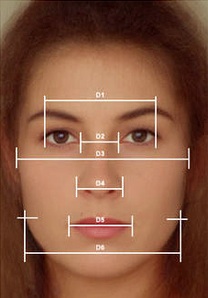
To summarize his point: Women are more attractive than men. And when one of his Add Health interviewers measures a study participant’s attractiveness on a 5-point scale, this is “objective.” Because they are researchers, and therefore anything they say is objective. And according to objective measurements, Black women aren’t attractive at all. In fact, they’re “far less attractive” than other groups of women. See?
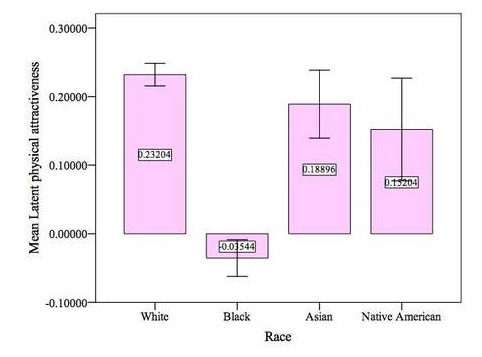
It turns out White women are most attractive. Man! Who would have thought?
There are a lot of other gems, such as the fact that Black women, though objectively less attractive, bizarrely rate themselves subjectively more attractive. It’s like they don’t know they’re ugly!
I’m sick of this article and will leave it to you to click over and read the whole thing if you feel so inclined. Let’s just summarize some of the major issues, and then all move on with our lives:
First, he treats race like a real, biological, meaningful entity. But race is socially constructed; there is no clear biological dividing line that would allow us to put every person on the planet into racial categories, since societies differ in the racial categories they recognize and “race” doesn’t map along unique sets of genes — there is more genetic variation among members of a so-called race as there are between members of different races.
Aside from that, the idea of measuring beauty objectively, completely separated from all cultural influence, is problematic, especially when you start looking at differences by race/ethnicity. In The Beauty Bias: The Injustice of Appearance in Life and Law, Deborah Rhode discusses how perceptions of attractiveness have varied over time and across cultures and discusses the global history of slavery, colonialism, and race-based systems of domination that make it impossible to separate out our perceptions of what is beautiful and sexually appealing from historical ideologies that insisted that non-White peoples were unattractive (unless in an exotic way, when that was useful, and also, the Irish were hideous despite being European). Joane Nagel’s book Race, Ethnicity, and Sexuality: Intimate Intersection, Forbidden Frontiers is another good source on this topic.
It is simply impossible to separate out even scientists’ ratings of attractiveness from the cultural context, one in which supposedly “Caucasian” features and light skin are repeatedly held up as the ideal of attractiveness (so even famous non-White people often find themselves lightened in media images) while dark skinned people are constructed as unattractive or even scary.
Given that history, it’s not shocking that White women would be rated most attractive and Black women least. What’s shocking is that a scholar at the London School of Economics would think you could uncritically accept those rankings as proof of objective reality, rather than the outcome of constant, long-standing cultural messages about attractiveness that resulted from efforts to legitimize and justify social and political inequalities.
UPDATE: Reader JA provided a link to another post at Psychology Today in which researchers looked at the data Kanazawa used and question his analysis and results.
UPDATE 2: The comments section has largely devolved into a flame war with lots of insults flying around, so I’m closing comments since I won’t be around to moderate them for the next week. I will go in and clean out the comments threads when I get a chance.


